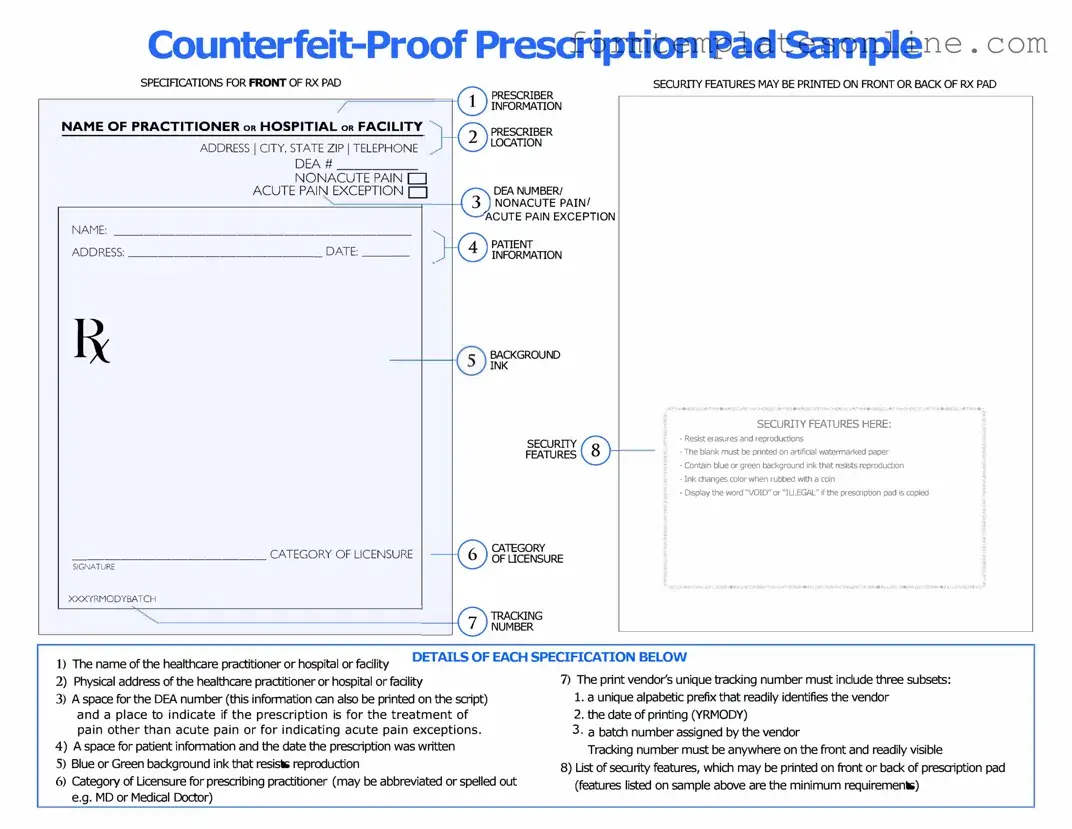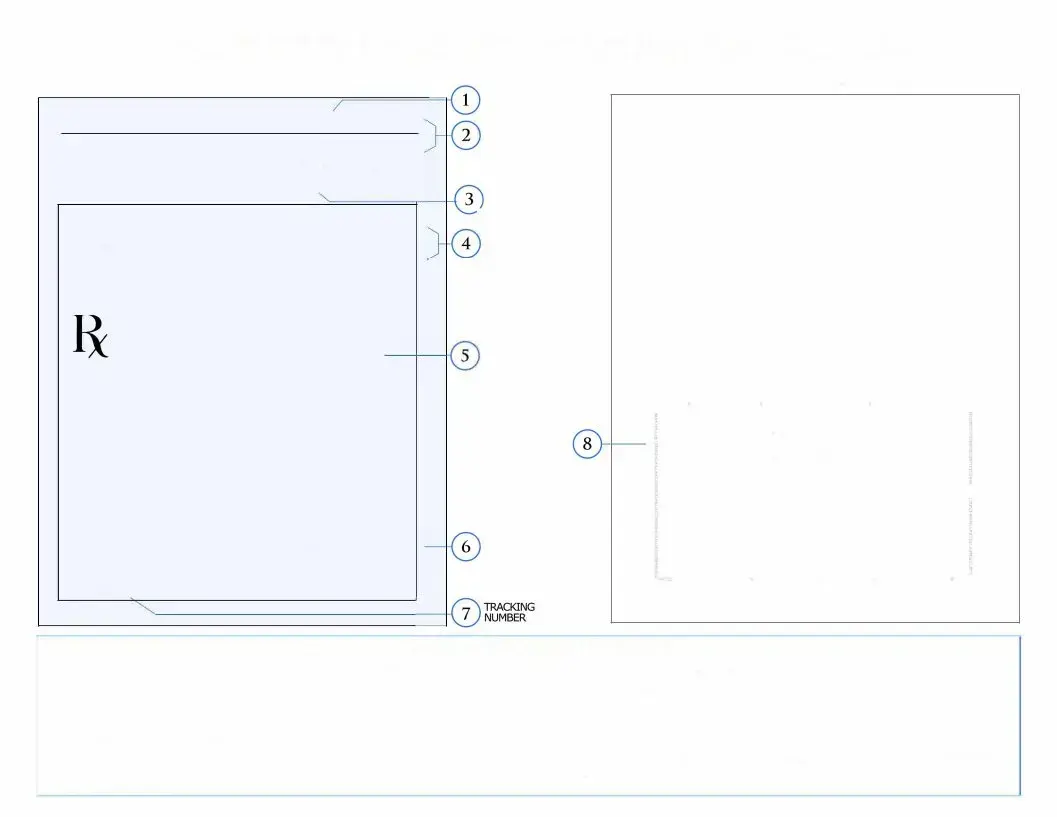What is the Prescription Pad form used for?
The Prescription Pad form is primarily used by healthcare providers to prescribe medications to patients. This form ensures that prescriptions are documented clearly and accurately, which helps prevent errors and miscommunication. It serves as a vital tool for both the provider and the patient, facilitating the safe and effective management of medical treatments.
Who is authorized to fill out the Prescription Pad form?
Typically, licensed healthcare professionals such as physicians, nurse practitioners, and physician assistants are authorized to complete the Prescription Pad form. These individuals have the training and credentials necessary to evaluate a patient's condition and determine the appropriate medication. It is important that only qualified personnel fill out this form to ensure patient safety and compliance with legal regulations.
What information is required on the Prescription Pad form?
The Prescription Pad form generally requires several key pieces of information. This includes the patient's name, date of birth, and contact information, as well as the medication name, dosage, and instructions for use. Additionally, the prescribing provider must include their name, signature, and contact details. Accurate and complete information is crucial for the pharmacy to dispense the medication correctly.
What should I do if I lose my Prescription Pad form?
If you lose your Prescription Pad form, it is important to act quickly. Contact your healthcare provider immediately to inform them of the situation. They can issue a new prescription or provide guidance on the next steps. It is advisable not to attempt to recreate or modify the lost form on your own, as this could lead to complications or misunderstandings with your medication.

